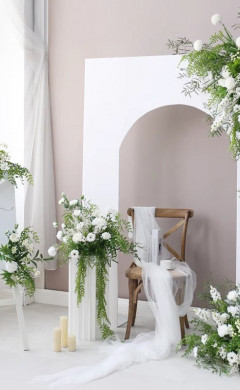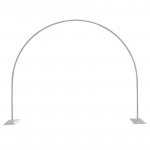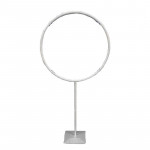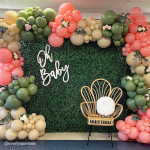How to Paint and Dye Artificial Flowers to Achieve the Perfect Shade
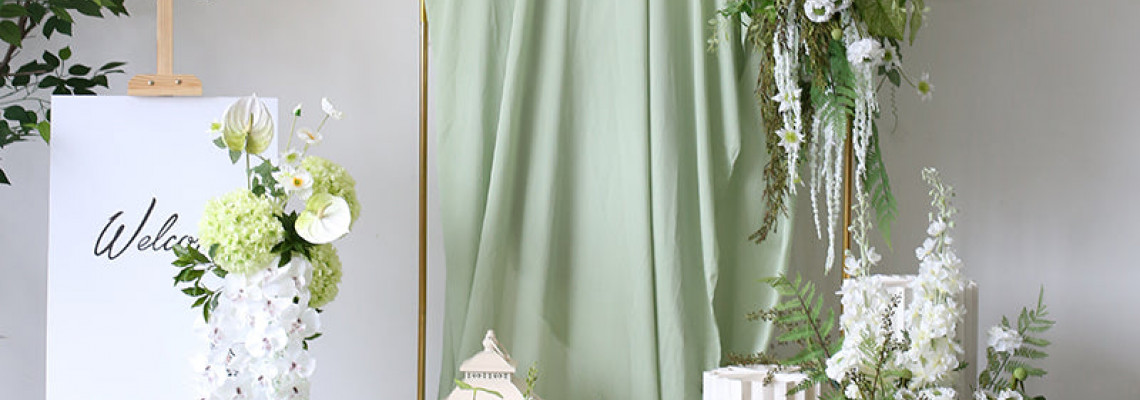
How to Paint and Dye Artificial Flowers to Achieve the Perfect Shade
Have you ever been disappointed after looking through flower stores and craft store flower bins to get the ideal flower shade? Finding flowers that will fit your needs can be challenging if you have a very particular and distinctive color scheme in mind. It might be nearly impossible to locate unusual hues when using fresh flowers for a floral arrangement or décor. You can’t ask a floral farmer to make a particular flower shade for you. The good news is that artificial flowers can be painted or dyed to the desired color.
The idea of dying or painting your flowers to get the ideal color shouldn’t scare you if you’re already a crafty person attempting to make your floral arrangements. Avoid second-guessing your decision and settling for less. You will discover that painting your artificial flowers isn’t as complicated as you anticipated. You only need some preparation and patience as you work through the steps. You might paint your flowers for the rest of your life because you enjoy it! The following information will help you learn how to paint imitation flowers.
How to Paint Artificial Flowers
Don’t be scared to paint or dye your artificial flowers if you’ve been unable to find ones that precisely match the color your craft calls for! One of the best things about dealing with fake flowers is that they may be permanently dyed and painted and never wilt! Here are some pointers for painting both wood and silk flowers.
Silk Flowers
Various imaginative painting and dying techniques have emerged since silk flowers are composed of fabric. Some crafters hand-paint each petal until they get the desired hue using acrylic paint. However, the soft, malleable feel of silk flowers may occasionally be lost due to the thickness of acrylic paint. Adding water to acrylic paint could help with this problem. According to some craftsmen, silk flowers can be dyed with food coloring. Not as many tests have been conducted on this approach.
Fabric dye is one of the most widely used techniques for coloring silk flowers. This dye is typically quite successful since silk cloth is used to make silk flowers. The silk flowers can be immersed in a bowl of water dyed in the appropriate shade. You can apply the dye on a plate and dip the petals until you reach the color you want if you want to use a more dip-dye technique to create a lovely gradient on the flower’s petals. A practical step-by-step guide on using fabric dye to alter the color of silk flowers can be found in this article.
Wood Flowers
Wood flowers can be painted or dyed in a variety of ways. Wood flowers can be dyed any color because they are formed from tapioca root, which has a neutral hue. Acrylic paint, available in various shades and tones, can be used to color your wood flowers. To prepare acrylic paint, combine it with water in a bowl until the desired hue is reached. Afterward, you will carefully dip your wood flowers with your fingers or a toothpick. Craft stores now sell acrylic paints with a hint of sparkle or metallic sheen. That would produce a synthetic flower that people would remember! For instructions on how to use acrylic paints to dye wood flowers, see this article.
A specialty dye made especially for wood flowers is an additional method of dying wood flowers. Since you will be dipping your plain wood flowers into the dye to customize their color, this dye will work similarly to other ways. Use wood flower softener with this unique wood flower coloring to maintain your blossoms’ inherent softness and flexibility. Don’t accept brittle, rigid flowers! The most lifelike flowers that are enjoyable to craft will be produced using this method. You can purchase simple wood flowers in large quantities for your particular projects and dye them to match your various color schemes.
Why Paint Artificial Flowers?
Painting artificial flowers can save you money, which is one reason to consider. You can find fresh flowers in the hue you want without spending more money. Instead, you may dye imitation flowers to the desired shade and purchase them for a fraction of the cost. Avoid settling for less and sacrificing both your style and your finances. For many years, your exquisitely dyed flowers will continue to look stunning.
Another brilliant idea for using colorful artificial flowers in crafts and arrangements is that they are reusable. For instance, if you make green, tropical artificial plant centerpieces for a birthday party, you might repaint, rearrange, and reuse those flowers for a romantic, feminine bridal shower. For summer house décor, you may also repaint the white and cream floral arrangements for a traditional bride in vibrant, striking hues.
Repainting may be a little more challenging, depending on the paint or color you employ. A dark navy flower, for instance, cannot be repainted to a pastel yellow hue unless you plan on applying numerous layers of spray paint to get the desired effect. (Even then, things might not turn out as you had hoped.) You can rearrange your flowers into various decorations that you can use repeatedly over the years, even if you decide not to repaint them. If you paint your artificial flowers, you will have countless options for creating exquisite décor.
